Academy 1/48 scale
Lockheed P-38J Lightning
by Brian Bourdon

This is Academy’s quarter scale P-38J.
The cockpit as supplied is adequate but there is room for improvement. I rebuilt the port side console and added a few details punched out from sheet styrene. A few placards did much to liven up the sidewalls. I wired the radio too, not that this is particularly noticeable with the canopy in place.
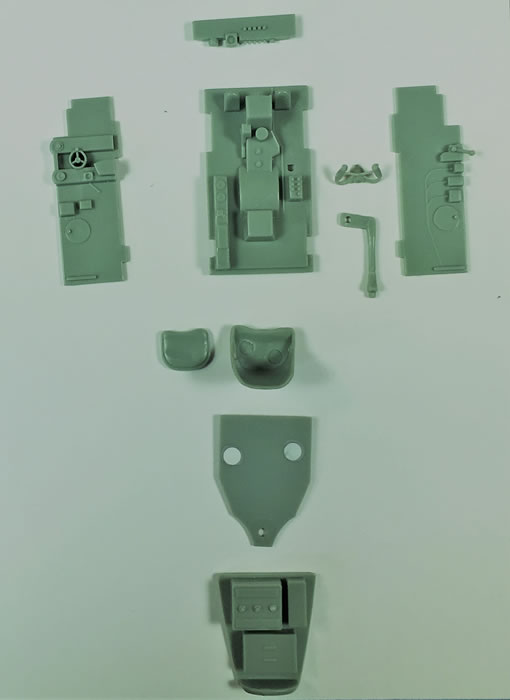
The seat came from my spares box. The photo etch consisted of various Eduard pieces left over from other projects, including the pre-colored harness. Even though the IP was designed for the ancient Monogram kit, it slotted into place easily enough after I cut away the canvas coaming.
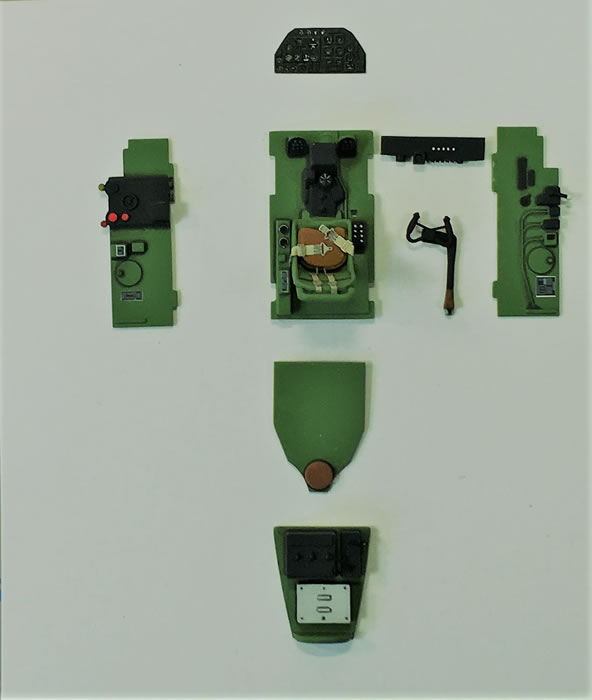
Academy did a poor job representing the gun sight. Since it is a rather prominent feature, I decided to build a replacement item. The resulting effort may only bear a passing resemblance to the actual Linn-3 unit installed in the ‘J’ model, true. But, I am satisfied that it is at least better than what I started with. The real trick is getting everything to sit directly onto the armored glass without making a right mess of things. For this I used a thin coat of Future.
The interior was painted with Aero Master Interior Green and given three light coats of gloss in preparation for a Tamiya XF27 sludge wash. A protective coat of MiG Ultra Matt Varnish finished the job.
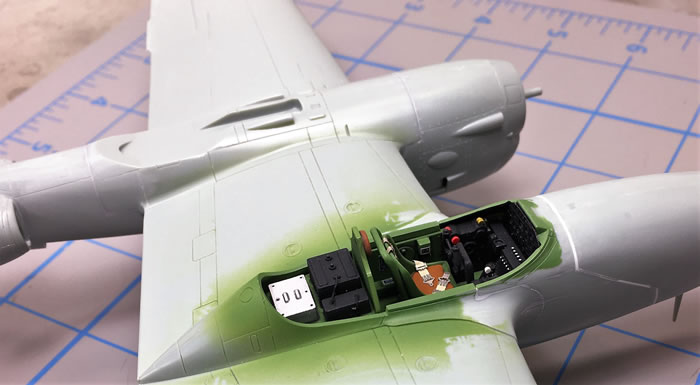
Overall, the fit is very good with the exception of the forward nose section. There are probably a number of ways to go about fixing this but, in the end, I chose to use shims. While I was at it, I built up the canopy sill with a bit of sheet styrene sanded to shape. Beyond that, only a little putty was needed here and there.
A cautionary tale. As most everyone will know, without a sufficient amount of ballast up front, the P-38 becomes a ‘tail sitter.’ With this in mind, I flattened a number of lead fishing weights with a hammer and anchored the beautifully reshaped bits into the nose cap with Tamiya Green Putty. Then, smugly satisfied with my brilliance, I called it a day and left everything to dry on the workbench overnight.
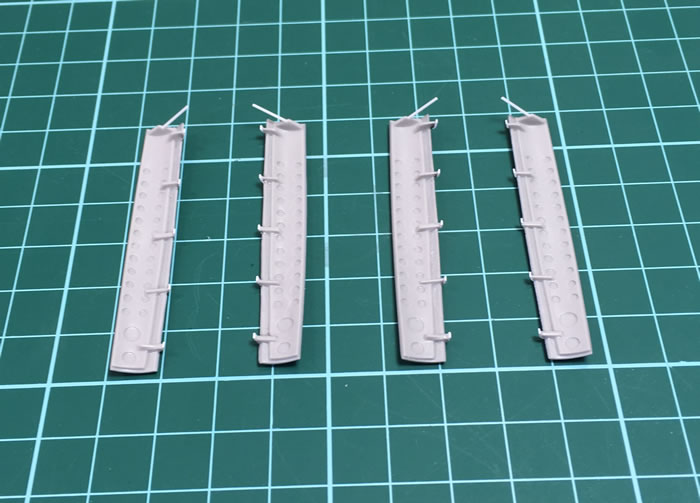
The following morning, I discovered that the part had melted. Things were said. I’m not entirely sure what the issue might have been but, alas, there is was. Ruined and unusable. Fortunately, the Academy kit contains a number of optional parts which includes a near similar piece for use with the canon armed version. This was modified with a styrene plug drilled out to the proper diameter.
In the end, I used a product called Liquid Gravity to weigh down the front end. Academy suggest 20g. I added 32g just to be safe.
The main gear doors were replaced with better detailed parts salvaged from a Hasegawa build that suffered a horrible, horrible landing accident. (The pilot survived unharmed.) These were modified to fit. Retraction struts were added and while I was at it, I scratch built the actuating mechanism.
The superchargers are ok as is, but benefited from a little tweaking. The slightly anemic intake was rebuilt with beefier sections of styrene rod. And, ‘bolts’ – little bits of 20 thou styrene rod in actual fact – were added to the impellor housing.
After re-scribing those details lost after several sessions with file and sandpaper, I applied a primer coat of Tamiya X-18 Semigloss Black.
As best I could tell, the undercarriage was painted Neutral Grey on the ‘J’ model. I chose to represent this with Tamiya XF53 considerably lightened with white. The wash consisted of the same darkened with black.
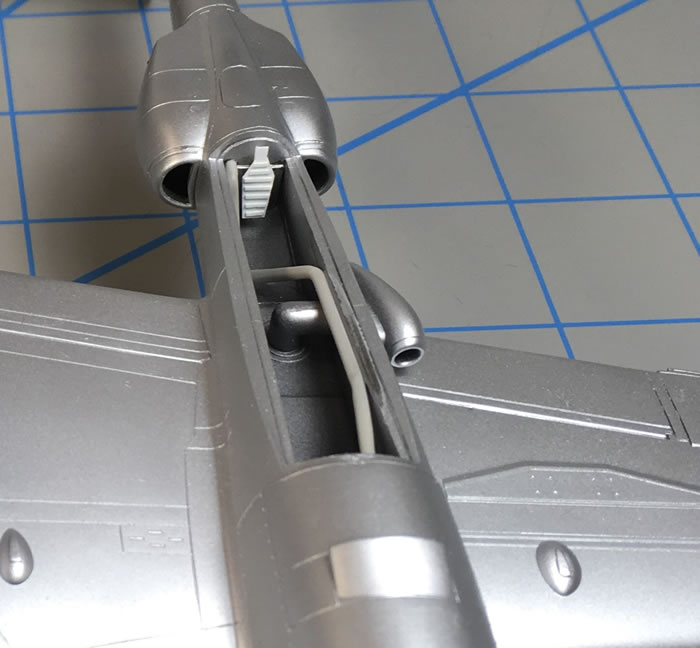
The three toned metallic finish was achieved using a combination of Vallejo Aluminum, White Aluminum and Duralumin acrylics.
Lt. Carroll Anderson’s personal markings (and aircraft numbers) were salvaged from an old Hasegawa sheet. The colorful blue and white trim was airbrushed with Gunze paints: H25 Sky Blue and H2 specifically. National insignia and stencils were sourced from Aero Master.
Text and Images Copyright ©
2022 by Brian Bourdon
Page Created 7 March, 2022
Last Updated
7 March, 2022
Back to HyperScale Main Page

|
Home
| What's New | Features | Gallery | Reviews | Reference | Resource Guides | Forum |